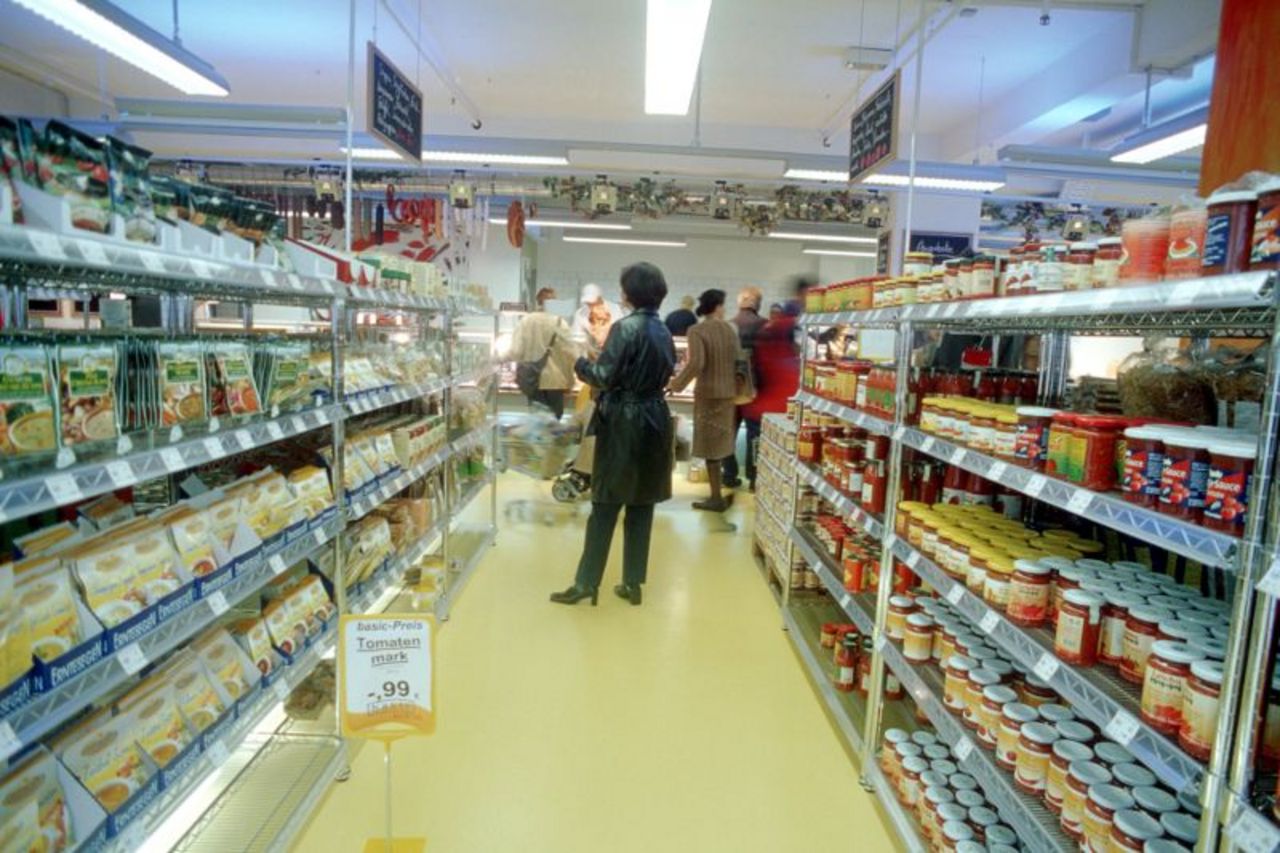Project
How prices are determined?

Economic analysis of price formation along value chains in agriculture and food sector
How national and international prices for agricultural goods and processed products are determined? What influence do producers, processors, traders and consumers have?
Background and Objective
Modern foods run through value chains in a variety of processing steps. As a result, the agricultural raw product has only a small share of value in the final consumer product. The pricing of the final product occurs in these complex structures. In this mechanism both the prices for the raw products as well as the cost of processing are encroached on.
In general, producer and consumer prices are known. But how does the price formation of the intermediate goods take place? Does the organizational form of a value chain or the market concentration affect the prices formation?
From the difference between producer and consumer prices cannot directly be derived, which market stage accounts for what proportion of the sale price. In addition, political conditions have a direct effect on the mechanisms of price formation. The withdrawal of the policy from the direct market control - for example, the expiry of the milk quota from April 2015 - changed the national but also the international price formation along value chains. Our task is to monitor and to explain market developments. We also try to identify undesirable developments at an early stage and to prepare course of actions for the policy.
Approach
We analyze the markets for grains and oilseeds, dairy, livestock and meat as well as sugar in the long term. Together with the knowledge of fundamental market factors these long-term market observation forms the basis of our work. We examine in particular the market structure, the competitive situation and the organizational form in and between the different value chains at national and international level.
Our analysis of price formation processes within chains contributes for higher transparency and better recommendations for policy,
Involved Thünen-Partners
Duration
Permanent task 1.2014 - 12.2030
Publications
- 0
Margarian A (2023) Nahrungsmittelpreisinflation unter der Lupe : Die Preisentwicklung von landwirtschaftlichen Erzeugnissen und Nahrungsmitteln im sektoralen und gesamtwirtschaftlichen Kontext. Braunschweig: Johann Heinrich von Thünen-Institut, 98 p, Thünen Working Paper 230, DOI:10.3220/WP1701759249000
- 1
Weber SA, Geiger K (2020) Einfache Lösungen? Gibt es nicht! : Milchpreise stabilisieren [Interview]. Maschinenring Mag(1):46-47
- 2
Weber SA, Banse M, Knuck J (2019) Markt bleibt Markt. DLG Mitt(6):42-45
- 3
Banse M, Knuck J, Weber SA (2019) Stabile und hohe Milchpreise?! - Optionen für eine Beeinflussung der Milchpreise. Braunschweig: Johann Heinrich von Thünen-Institut, 28 p, Thünen Working Paper 118, DOI:10.3220/WP1549288041000
- 4
Weber SA (2019) Und was kommt morgen? [Interview]. Dt Molkerei Zeitg 140(26):96-98
- 5
Rothe A, Weber SA (2018) Evaluierung über die in Deutschland erfolgte Umsetzung der Milchmengenverringerungsmaßnahme sowie der Milchsonderbeihilfe. Braunschweig: Johann Heinrich von Thünen-Institut, 110 p, Thünen Working Paper 88, DOI:10.3220/WP1520859217000
- 6
Bohl MT, Groß Christian, Weber SA (2017) "Börsen-Kontrakte sind eher etwas für Molkereien" : [Interview]. Top Agrar(6):111
- 7
Bohl MT, Groß Christian, Weber SA (2017) Deutsche Milchprodukt-Futurekontrakte: Qualität der Preissignale und Eignung als Preisabsicherungsinstrument. Braunschweig: Johann Heinrich von Thünen-Institut, 66 p, Thünen Working Paper 71, DOI:10.3220/WP1491825700000
- 8
Weber SA, Bohl MT (2017) Und sie sind doch sinnvoll : an Futurekontrakte für Milchprodukte wollen weder Molkereien noch Landwirte richtig ran. DLG Mitt 132(6):68-71
- 9
Weber SA, Salamon P, Hansen H (2013) Volatile Weltmarktpreise von Milchprodukten und ihr Einfluss auf die nationale Preisbildung: Der deutsche Käsemarkt. Landbauforsch Appl Agric Forestry Res 63(2):103-114, DOI:10.3220/LBF_2013_103-114
https://literatur.thuenen.de/digbib_extern/bitv/dn052237.pdf
- 10
Weber SA, Salamon P, Hansen H (2012) Volatile world market prices for dairy products - how do they affect domestic price formation: the German cheese market : paper prepared for the 123rd EAAE Seminar Price Volatility and Farm Income Stabilisation ; Modelling Outcomes and Assessing Market and Policy Based Responses, Dublin, February 23-24, 2012 [online]. Dublin: EAAE, 17 p, zu finden in <http://purl.umn.edu/122542> [zitiert am 26.06.2012]
- 11
Gagalyuk T, Hanf JH, Herzlieb C (2010) Managing supply chains successfully: an empirical testing of success of supply chain networks in the German fish sector. Acta Agric Scand C 7(2):139-150, DOI:10.1080/16507541.2010.531922
- 12
Gagalyuk T, Steinbauer C, Hanf JH (2010) Success factor analysis of the German Fish. Schr Gesellsch Wirtsch Sozialwiss Landbaues 45:447-449
- 13
Weber SA (2010) Wer macht den Preis bei Milch? Mais 37(4):118
- 14
Weber SA (2009) Ausmaß und Determinanten von Preisrigiditäten im deutschen Lebensmitteleinzelhandel : eine empirische Analyse mit Scannerdaten [online]. Gießen: Univ Gießen, Gießen, Univ, Fachbereich Agrarwissenschaften, Ökotrophologie und Umweltmanagement, Diss, 2009, zu finden in <http://geb.uni-giessen.de/geb/volltexte/2009/7206/pdf/WeberSaschaAlexander_2009_09_22.pdf > [zitiert am 07.09.2010]
- 15
Gagalyuk T, Hanf JH, Steinbauer C (2009) Managing supply chains successfully: an empirical testing of success of supply chain networks in the German fish sector. Chania, 19 p
- 16
Herrmann R, Möser A, Weber SA (2009) The case of Germany. In: Stiegert KW, Kim DH (eds) Structural changes in food retailing: six country case studies. Madison: Selbstverl, pp 51-75

![[Translate to English:] [Translate to English:]](/media/_processed_/3/e/csm_AdobeStock_249730128_92f14d3a63.jpeg)
![[Translate to English:] [Translate to English:]](/media/_processed_/3/e/csm_AdobeStock_249730128_a6fcf4c893.jpeg)

![[Translate to English:] Logo des Bundesministerium für Ernährung und Landwirtschaft](/media/allgemein/logos/BMEL_Logo.svg)